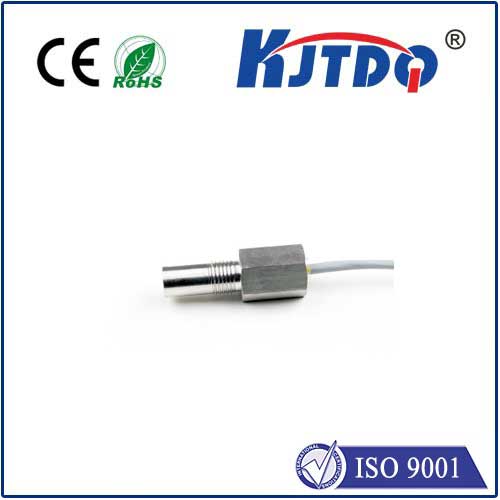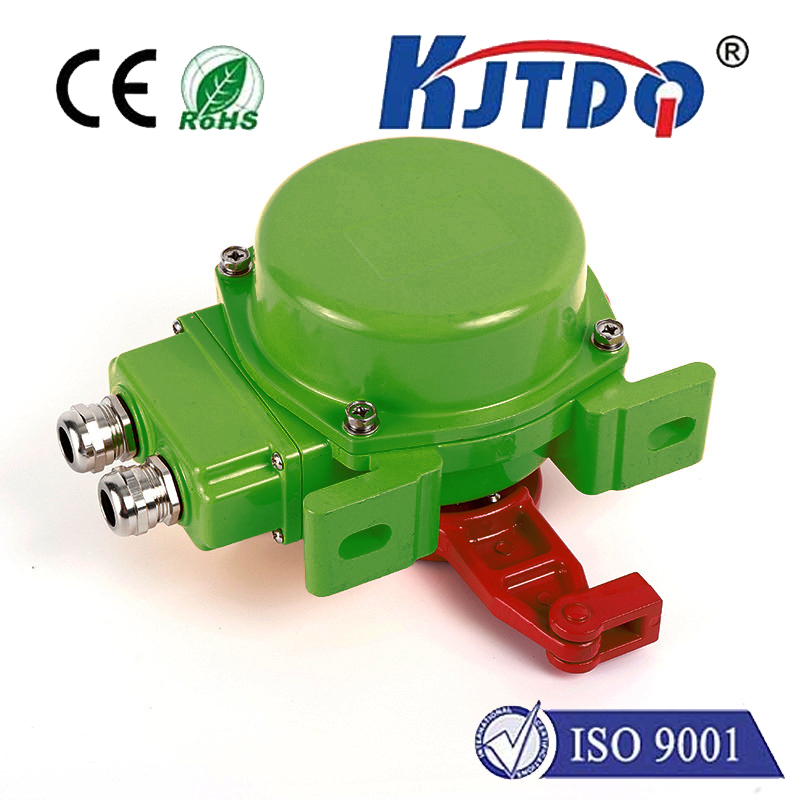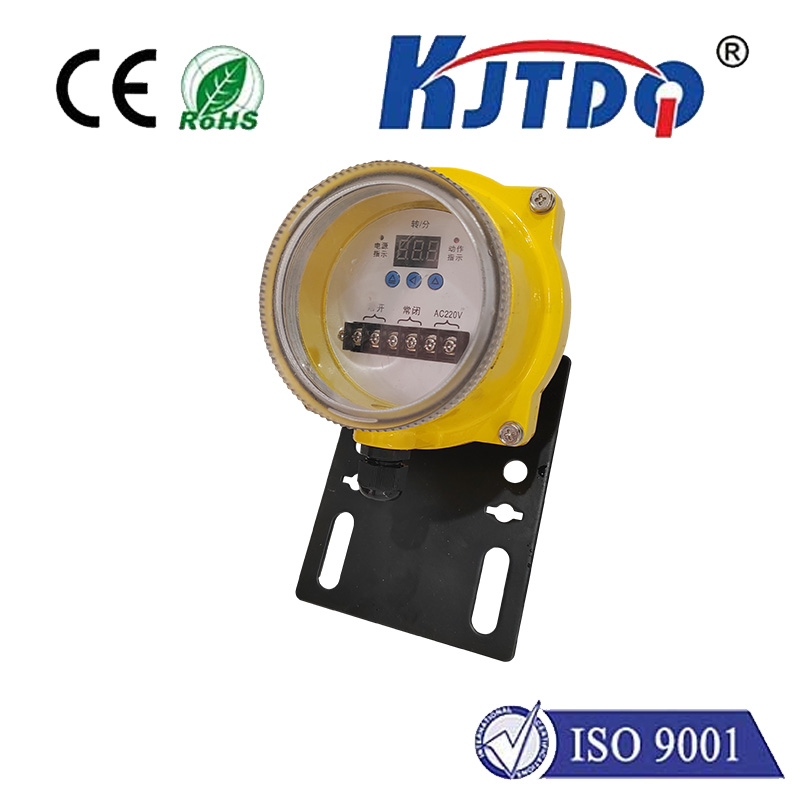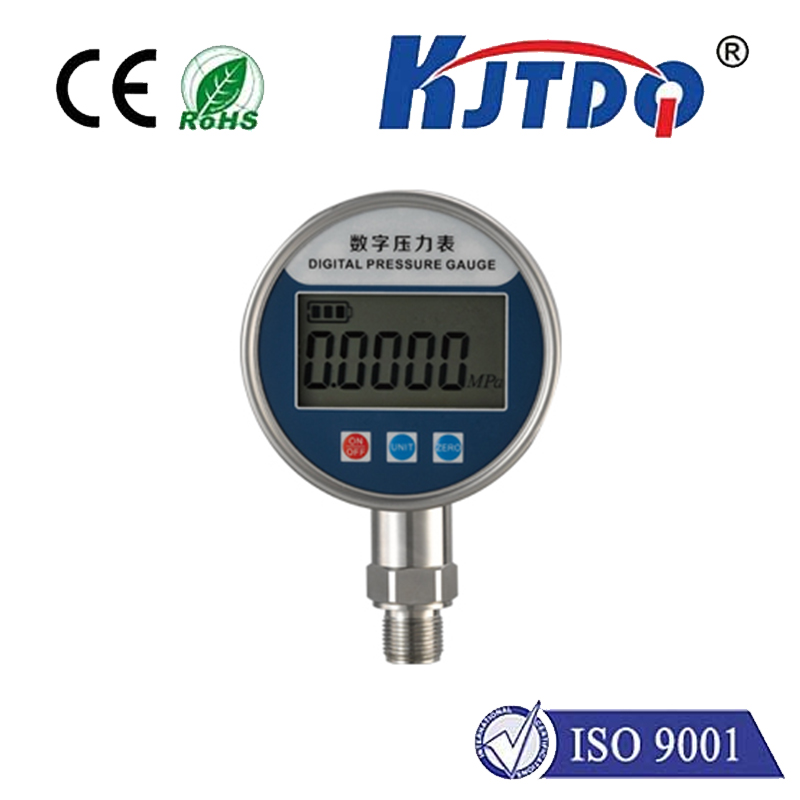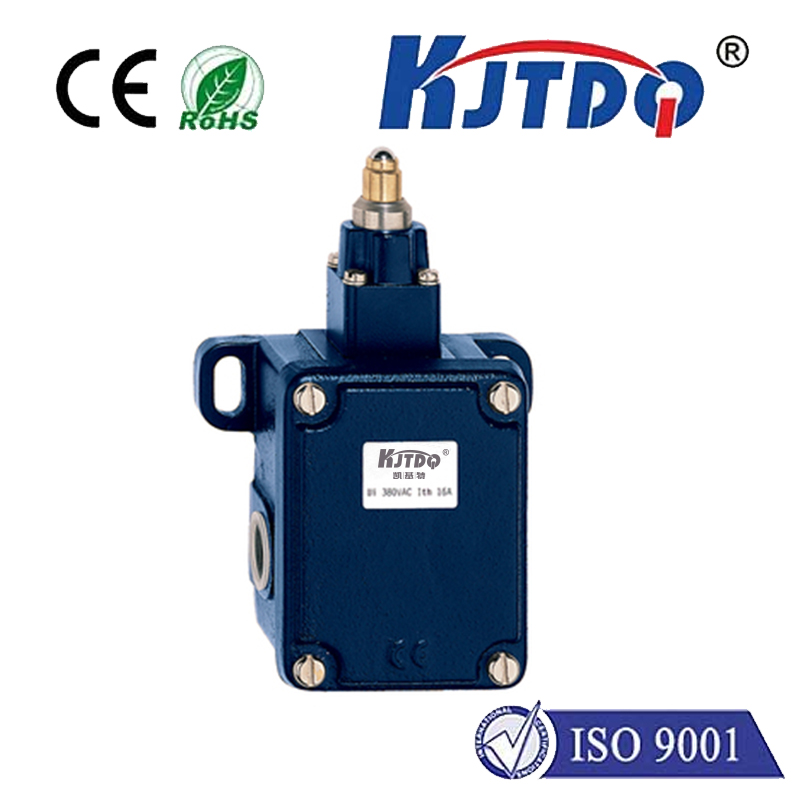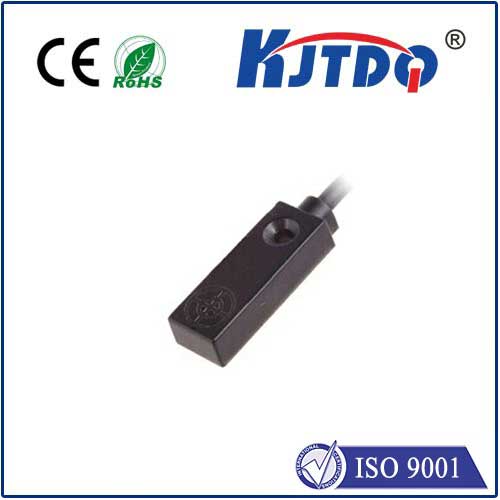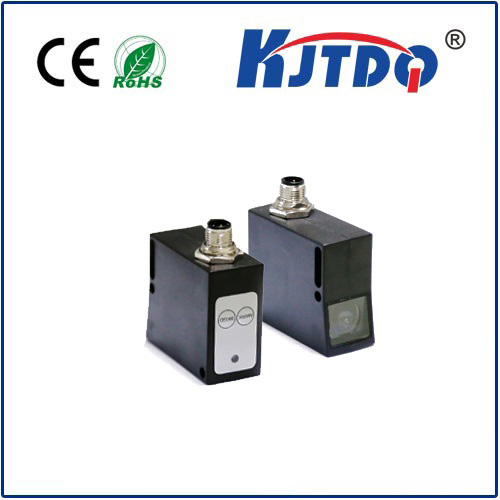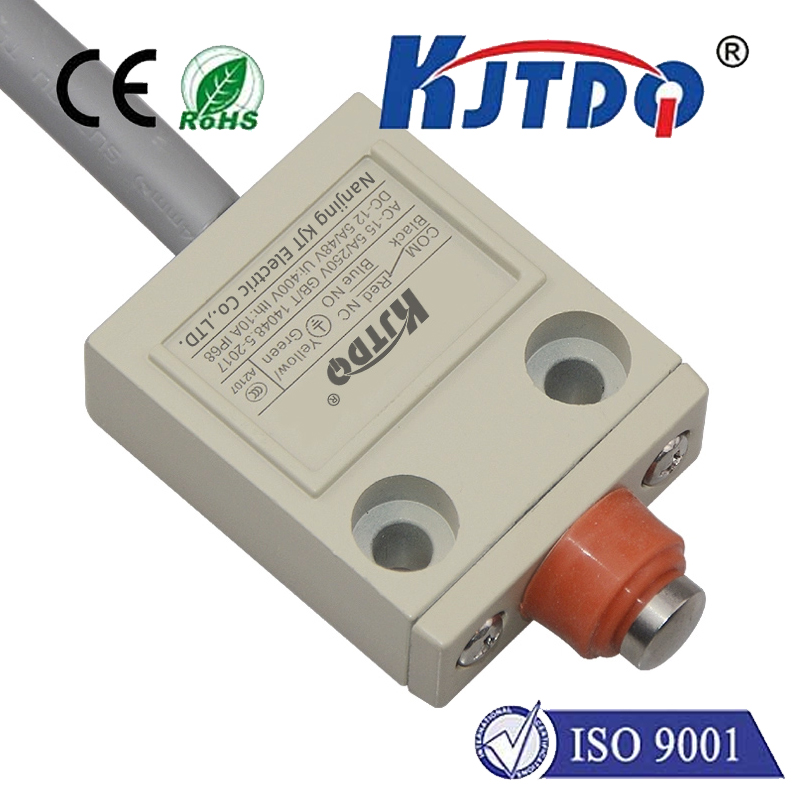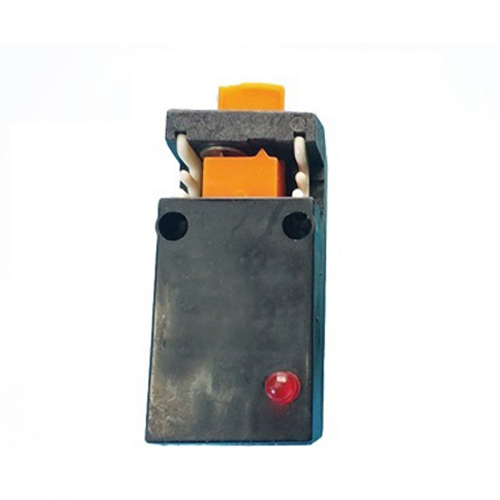

check

check

check

check

check

check

check

check

check

check
In the world of automation and mechanical systems, one component that plays a crucial role in ensuring safety and efficiency is the limit switch button. This device is designed to detect the presence or absence of an object within its sensing range, triggering a signal that can be used to control various processes in industrial machinery, conveyor belts, and other applications. In this article, we will explore the essential function of a limit switch button and how it contributes to the smooth operation of automated systems.
Firstly, let us understand what a limit switch button is. It is a type of sensor that consists of a housing containing a switch mechanism, which is activated by physical contact with an object. The switch can be either normally open (NO) or normally closed (NC), depending on the application requirements. When the object comes into contact with the actuator, the switch mechanism inside the limit switch button changes state, sending an electrical signal to the control system.
One of the primary functions of a limit switch button is to provide feedback on the position or movement of mechanical components within a system. For example, in a conveyor belt system, limit switches can be used to detect when objects have reached the end of the belt or when they are about to fall off. This information can then be used to stop or start the conveyor belt automatically, ensuring that products are moved efficiently without any accidents or delays. Similarly, in robotic arms or automated assembly lines, limit switches can be used to monitor the position of tools or components, ensuring that they are correctly aligned for precision operations.
Another important function of a limit switch button is to provide protection against overloading or damage to equipment. By detecting when a load has reached its maximum capacity or when a component has moved beyond its safe limits, limit switches can send signals to shut down the equipment or activate safety mechanisms such as brakes or emergency stops. This not only protects the equipment from damage but also ensures the safety of operators and nearby workers.
Limit switch buttons also play a crucial role in maintaining accurate measurements and settings in industrial processes. By monitoring the position of sensors, valves, or other components, limit switches can help ensure that these devices are set to the correct levels for optimal performance. This is particularly important in industries where precise measurements and adjustments are critical, such as in chemical processing or food production.
In addition to these functions, limit switch buttons can also be used to improve energy efficiency by reducing unnecessary power consumption. By detecting when equipment is not in use or when certain processes have been completed, limit switches can send signals to turn off lights or motors, conserving energy and reducing costs.
In conclusion, the limit switch button is an essential component in many automated systems and processes due to its ability to provide feedback on position and movement, protect against overloading and damage, maintain accurate measurements and settings, and improve energy efficiency. As technology continues to advance and automation becomes more prevalent in various industries, the importance of limit switch buttons will likely only continue to grow.
